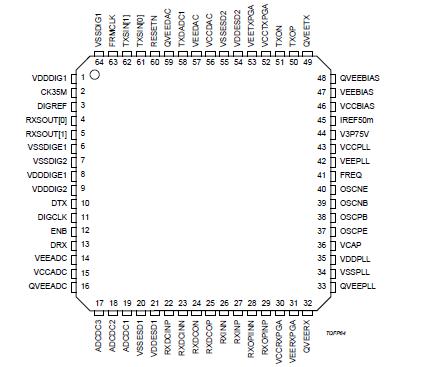STLC1511: Features: Wide transmit (~80dB) and receive (~69dB) dynamic range to limit the external filtering requirements for extended loop reach operation Programmable tx gain: 0 ÷ -32dB in 2dB steps 14-bit ...
floor Price/Ceiling Price
- Part Number:
- STLC1511
- Supply Ability:
- 5000
Price Break
- Qty
- 1~5000
- Unit Price
- Negotiable
- Processing time
- 15 Days
SeekIC Buyer Protection PLUS - newly updated for 2013!
- Escrow Protection.
- Guaranteed refunds.
- Secure payments.
- Learn more >>
Month Sales
268 Transactions
Payment Methods
All payment methods are secure and covered by SeekIC Buyer Protection PLUS.

 STLC1511 Data Sheet
STLC1511 Data Sheet







